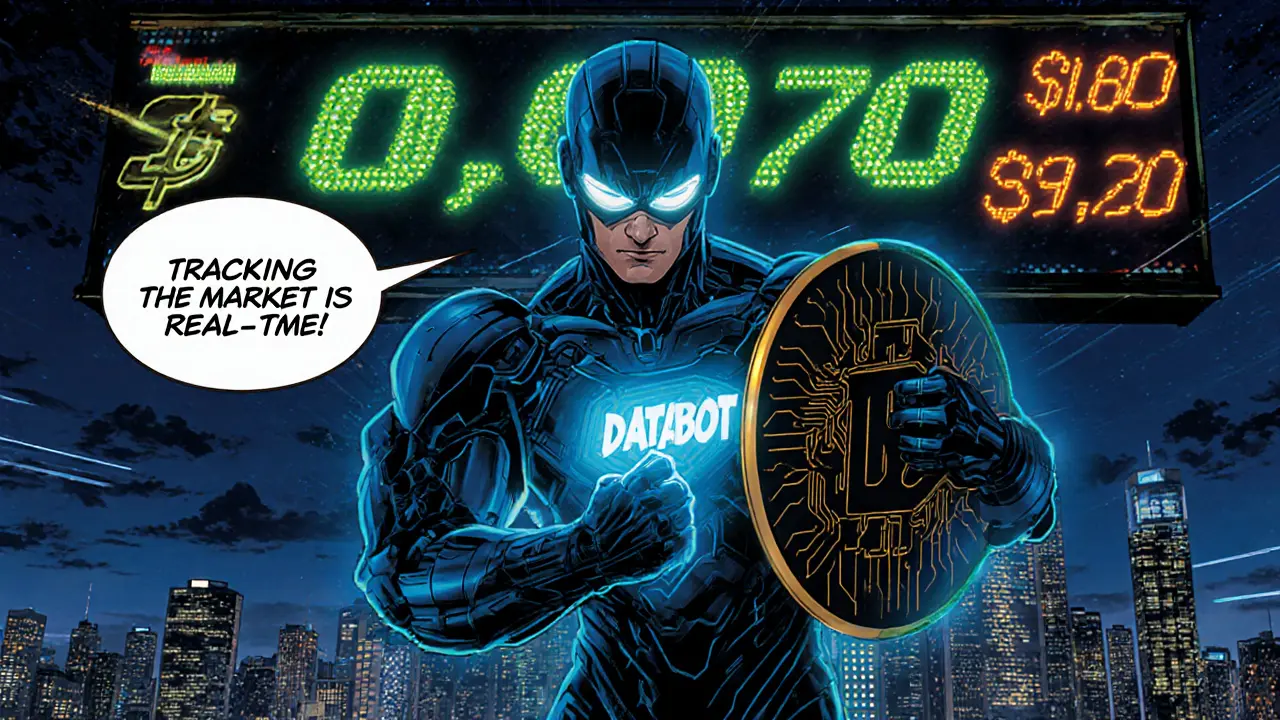When working with DATA token, a utility crypto asset built to power data‑driven applications on its native blockchain. Also known as DataCoin, it combines on‑chain data storage with incentive‑aligned tokenomics. airdrop, a distribution method that hands out free tokens to qualified users often jump‑starts community adoption, while market cap, the total dollar value of all circulating tokens serves as a quick health check for investors. Finally, a token’s exchange listing, the presence on crypto exchanges where it can be bought or sold determines accessibility and liquidity. Together these elements shape how the DATA token is perceived, used, and traded.
The DATA token’s tokenomics revolve around a fixed supply, a burn‑rate tied to network usage, and staking rewards that encourage holders to lock up tokens for governance participation. Because the supply is capped, every transaction that burns a portion of tokens nudges the price upward if demand stays steady. Staking also feeds back into security, letting token holders act as validators while earning a share of transaction fees. This design mirrors many modern utility tokens but adds a twist: data providers earn extra rewards for contributing high‑quality datasets, creating a direct link between network value and token incentives.
Airdrops have proven especially powerful for the DATA token. Early‑stage campaigns target developers, data scientists, and community leaders, offering a modest amount of tokens in exchange for test‑net activity or social engagement. These distributions serve two purposes: they seed the ecosystem with active participants and they generate organic buzz that can lift the token’s market cap. Tracking airdrop timelines and eligibility criteria is crucial—missing a snapshot window means losing out on free tokens that could later appreciate as the network grows.
Market cap trends for the DATA token often reflect broader macro movements in the crypto space, but they also react to project‑specific milestones such as mainnet launches, data‑partner announcements, or protocol upgrades. A sudden spike in market cap might signal new exchange listings, while a dip could indicate token burns or a strategic redistribution to balance supply. By monitoring these shifts, traders can gauge sentiment and decide when to enter or exit positions.
Speaking of exchanges, the DATA token’s availability across multiple platforms—from major centralized venues to niche decentralized swaps—directly impacts liquidity. When an exchange adds the token, trading volume typically rises, narrowing spreads and making it easier for both casual investors and institutions to move in and out of positions. Conversely, delistings can trap tokens on less liquid venues, increasing price volatility. Staying informed about upcoming listings or potential delistings is a practical way to manage risk.
Below you’ll find a curated collection of articles that dive deeper into each of these topics. Whether you’re hunting for the next airdrop, need a clear breakdown of tokenomics, or want to track the latest market‑cap movements, the posts ahead will give you the tools and knowledge to navigate the DATA token landscape with confidence.

Databot (DATA) is an Ethereum‑based micro‑cap token for automated trading and analytics. Learn its price range, where to trade, risks, and whether it fits your portfolio.